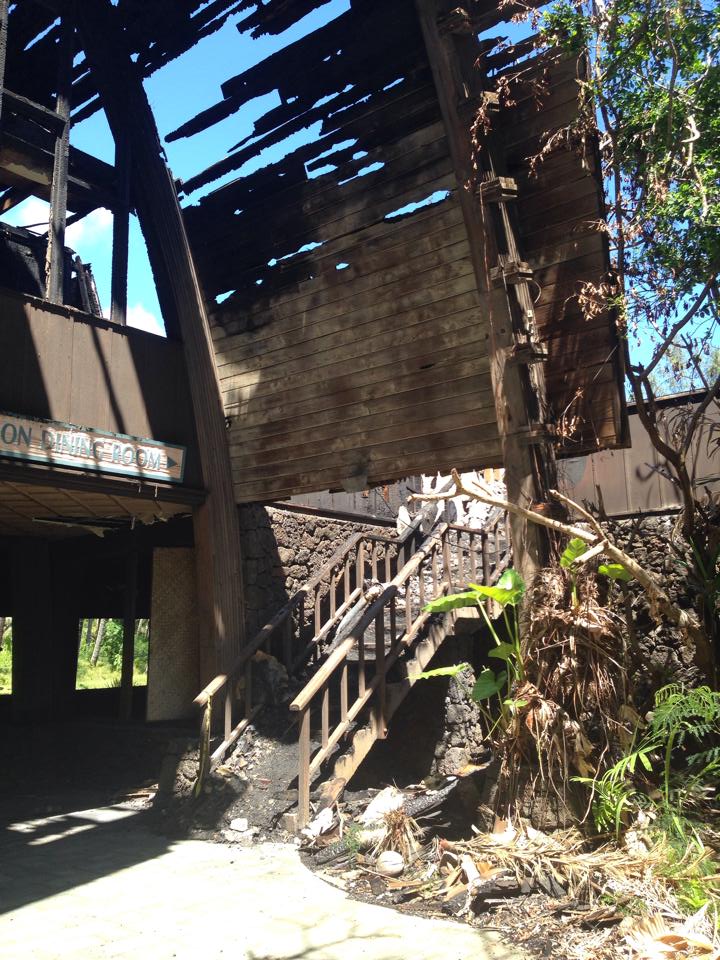By Megan Borthwick, Preservation Program Manager
As advocates of preservation, we often hear things like, “why not tear it down – it’s in terrible condition?” or “it’s practically falling down – how could it be historic?” We sometimes even hear the opposite, such as “they did so many great improvements, why don’t you consider it historic anymore?”
The answer is: condition and historic integrity are two different concepts that play a large role in defining what properties are eligible for the historic register and which properties are not eligible.
A property that is eligible for the register of historic places meets a number of criteria. First, the architectural historian or archaeologist evaluates which criteria of significance the property falls under: (A) Historic Pattern or Event, (B) Association with Important Person, (C) Architectural or Engineering, or (D) Potential for Information. Then the property’s ability to convey this significance, also known as historic integrity, is assessed.
The property’s ability to convey its significance—that is, its historic integrity—must be intact in order for the property to be eligible for the Register of Historic Places. This means that the property must retain a majority of the seven aspects of historic integrity:
- Materials
- Design
- Feeling
- Location
- Association
- Workmanship
- Setting
Condition, on the other hand, is an assessment of the physical state of the property and is usually listed as poor, fair, good, or excellent.
Therefore, a historic property that has been well maintained and any work done to the property that followed the Secretary of Interior’s Standards for the Treatment of Historic Properties would have high integrity and excellent condition, while a property that had largely been left unchanged and not maintained would have high integrity and poor condition. Additionally, if a historic property had many changes that were not in keeping with the Secretary of Interior Standards, the condition could be excellent, but the integrity may be poor.
Poor condition does not make a historic property ineligible for the register of historic places, but is does threaten the longevity and viability of that property. Stewards of historic properties, which include both landowners and concerned public, must ensure a balance between condition and historic integrity. In order for a property to remain historic, it must retain historic integrity. Therefore, improvements, alterations, and maintenance that keep the property in good condition must follow the Secretary of Interior Standards to ensure retention of its historic characteristics.



